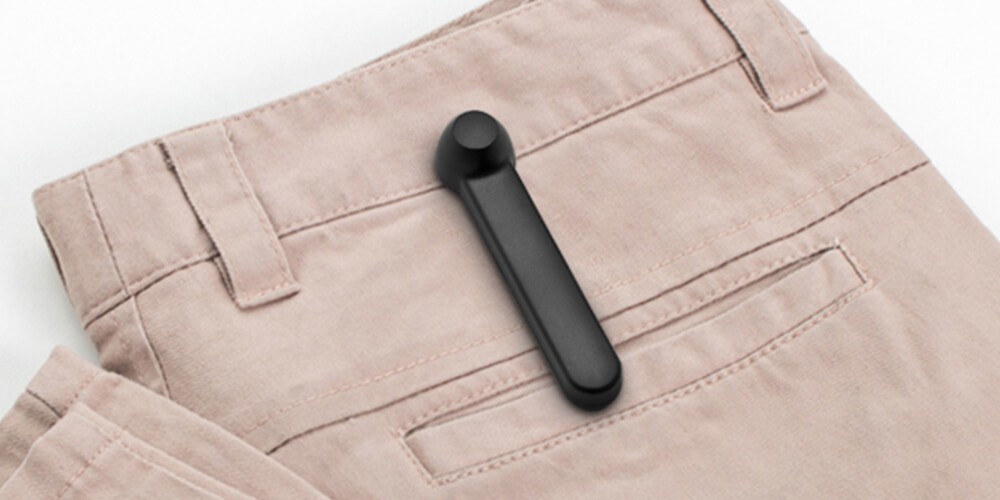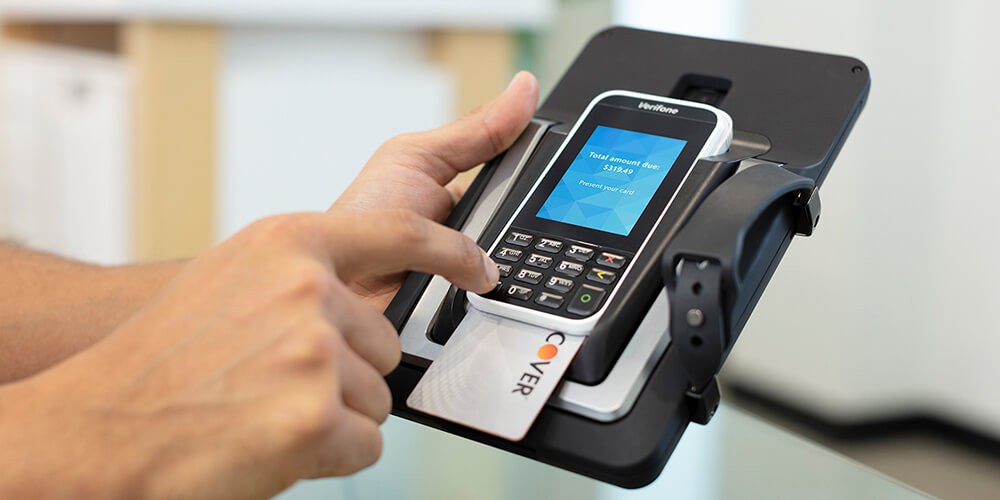For as long as shops have been around, so has retail loss, but the fight against theft and error has also enjoyed some innovations and new weapons along the way.
Some of these tools make monitoring the store environment easier, others involve tracking products, and most have only been created in the last 100 years.
So, with that in mind, here are the biggest advancements in retail loss prevention…
CCTV
Closed-circuit television hasn’t just changed retail security, it’s altered the whole world. First invented during WWII in 1942, the technology has since evolved to become digital and smart, allowing footage to be stored in the Cloud.
In the process, it allows retailers a bird’s eye view of what’s going on in-store, including enabling loss prevention professionals to catch thieves in the act of shoplifting or employee theft.
The presence of CCTV has also become a crime deterrent, stopping employees or shoplifters from committing a crime in the first place.
The security tag

Attached to products and able to trigger an alarm if an item is being stolen from a store, security tags are arguably the biggest innovation in loss prevention.
The humble security tag had its beginnings in 1964, and from the ‘70s onwards swiftly became the go-to method of protecting stock at a product-based level.
By the 1980s, adhesive security labels were added to the loss prevention arsenal, but in the years since there have been a host of further developments in both tag and label technology.
Security tags are now harder to detach, more reliable, and are available in a variety of strengths along with designs for specific purposes.
Meanwhile, security labels have also evolved. They now feature a smaller footprint, greater detection and also come in different types that are suited to a wide variety of high-volume products.
RFID
Officially invented in 1983, RFID (or radio frequency identification) has come to revolutionize both supply chain accuracy and inventory counting in retail.
But this nifty technology first found its footing in a variety of other fields. RFID tags are used for tracking shipping containers, they are found in passports, and are also used for microchipping pets.
Basically, the technology involves small chips that can collect and store data – a lot of data.
In retail, RFID tags can contain information like size, color, SKU and location. They can be applied at the point of manufacture or instore, allowing retailers to trace products right through the supply chain and onto the shop floor.
In the process, they facilitate swift inventory reconciliation and boast incredible accuracy. In fact, RFID has been found to offer 99.9 percent supply chain accuracy, compared to traditional barcode accuracy that sits around 31 percent.
mPOS

Mobile Point of Sale might not be viewed as a loss prevention tool, but it’s role in improved order accuracy, stock counting, and inventory reconciliation is undeniable.
mPOS made its way onto the scene shortly after the arrival of mobile tablets in about 2010. And since then, it’s transformed the way retailers manage their business.
mPOS allows retail management instant access into the workings of their business from anywhere, allowing them to see sales, stock at hand, staff who are working at the time, and more.
This provides a level of transparency that is critical in the loss prevention fight.
Smart keys
Smart keys are a fairly recent innovation, but they allow retailers to better secure their stock, while also improving the customer experience and efficiency.
Basically, a smart key is one that can be programmed to open one or multiple locks, depending on the staff member’s level of access.
In the process they can track what cabinet or locked display has been accessed by a staff member, thereby preventing employee theft.
They save the time and hassle of finding the right key to fit a lock, while also offering an insight into critical retail analytics.
You can learn more about effective loss prevention strategies, including combatting employee theft, shoplifting, and Organized Retail Crime here.
